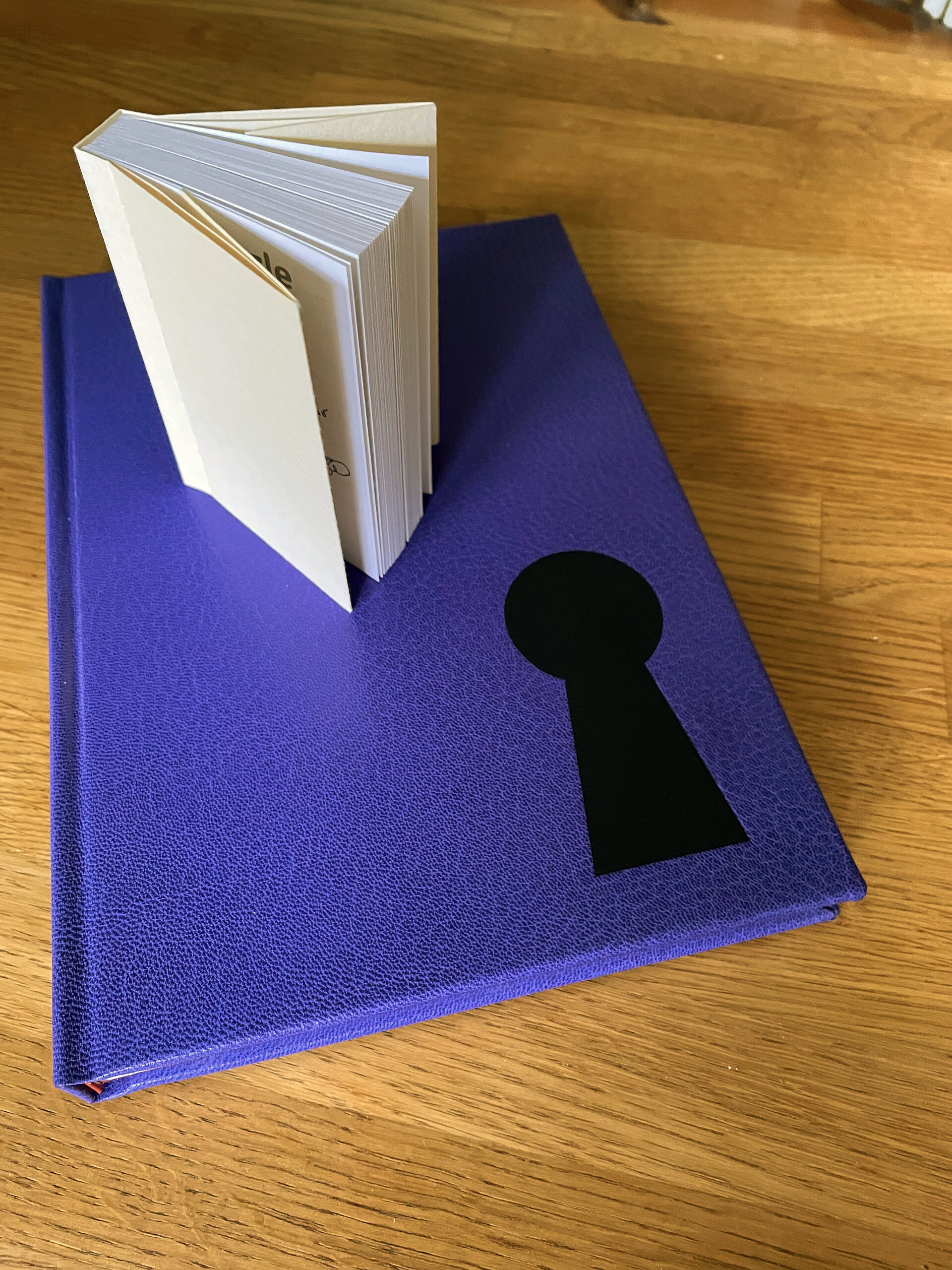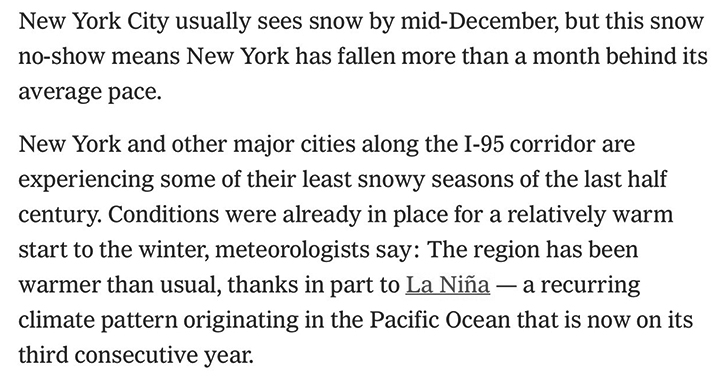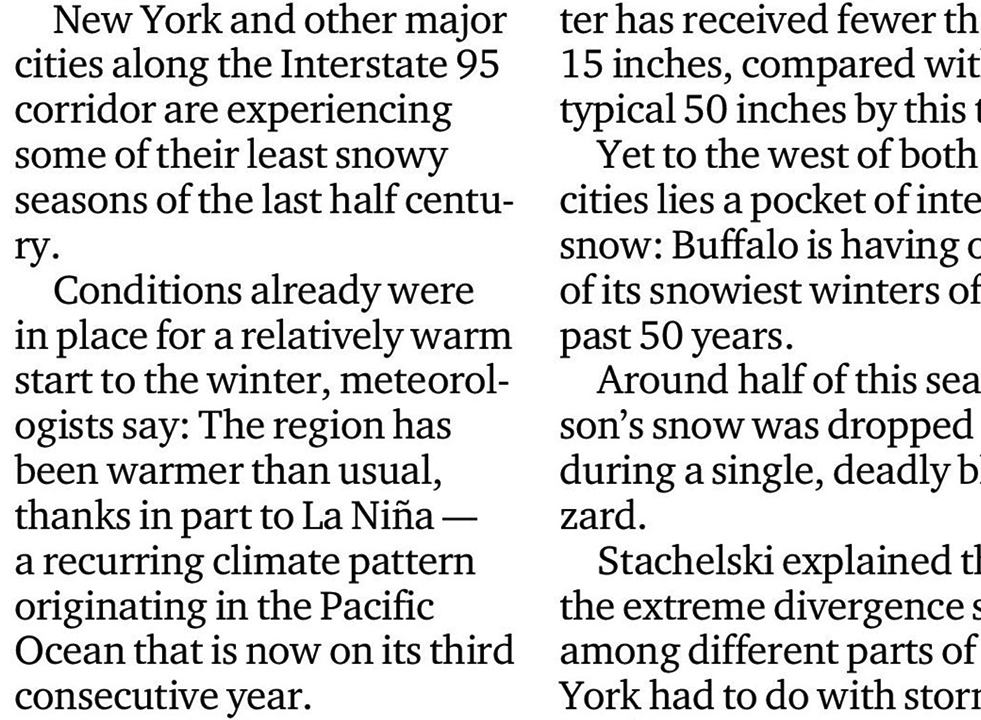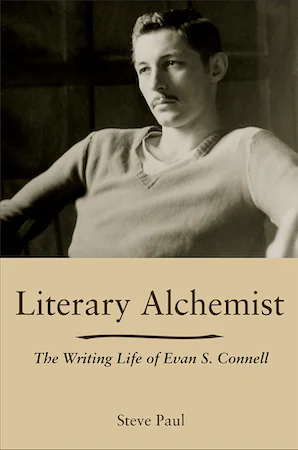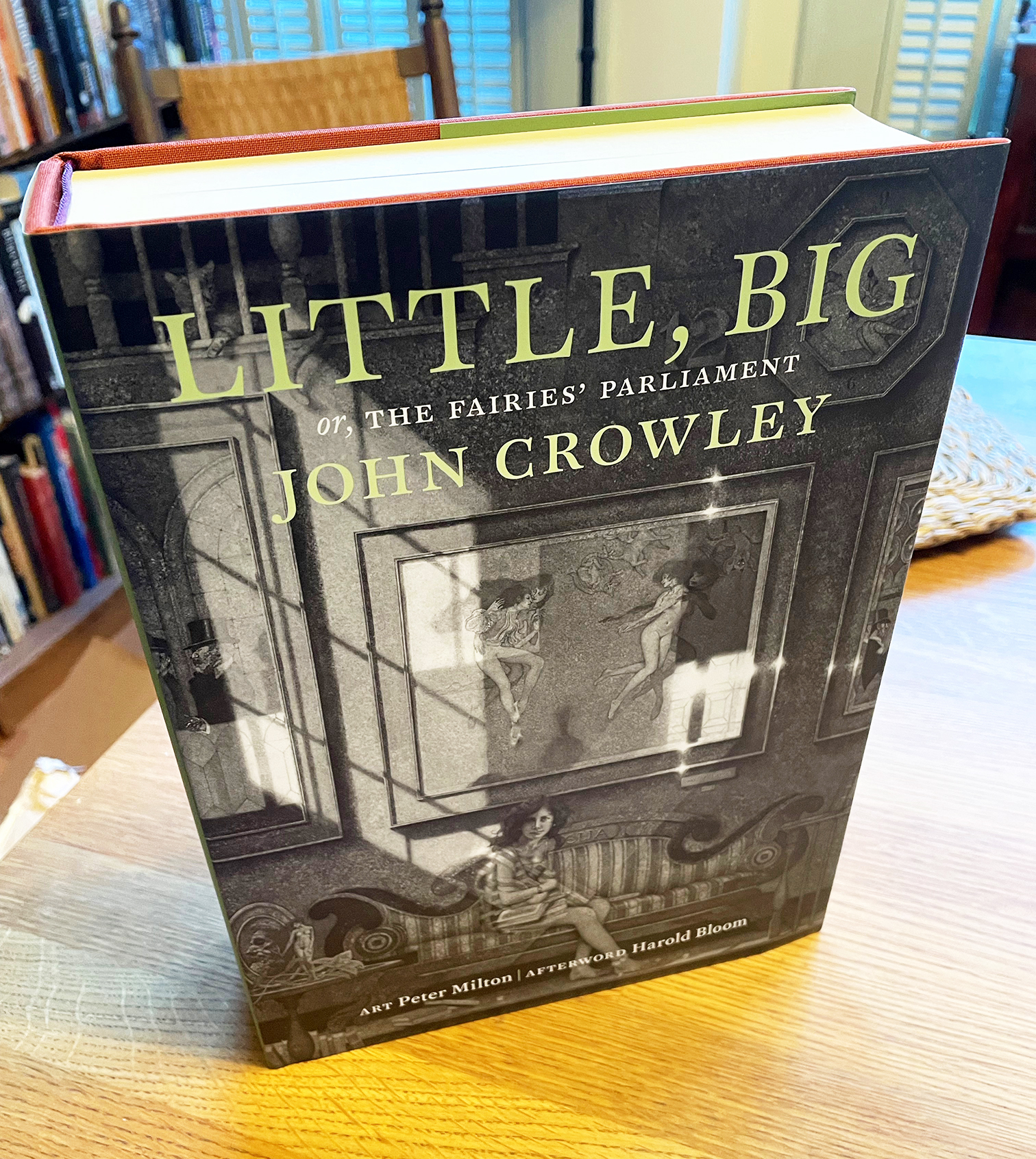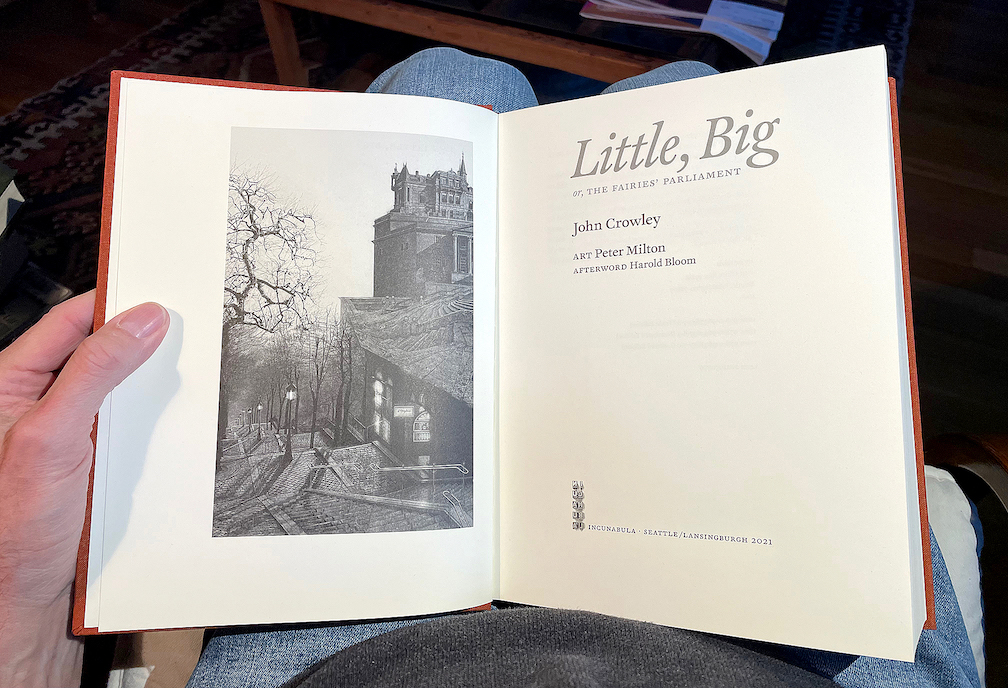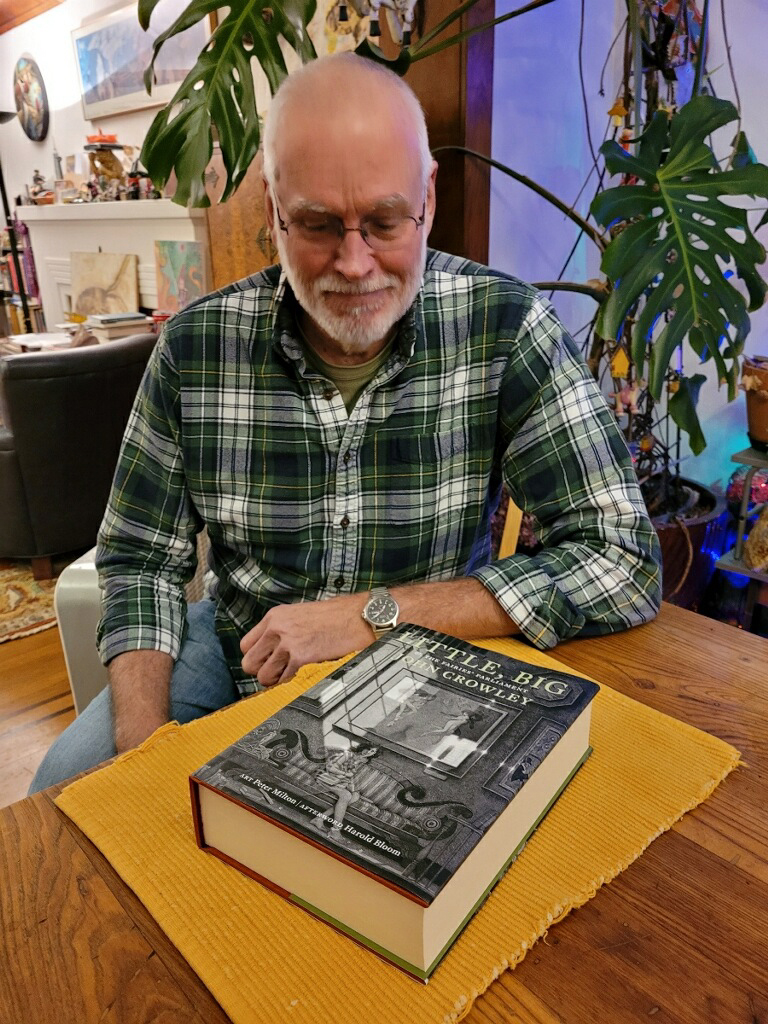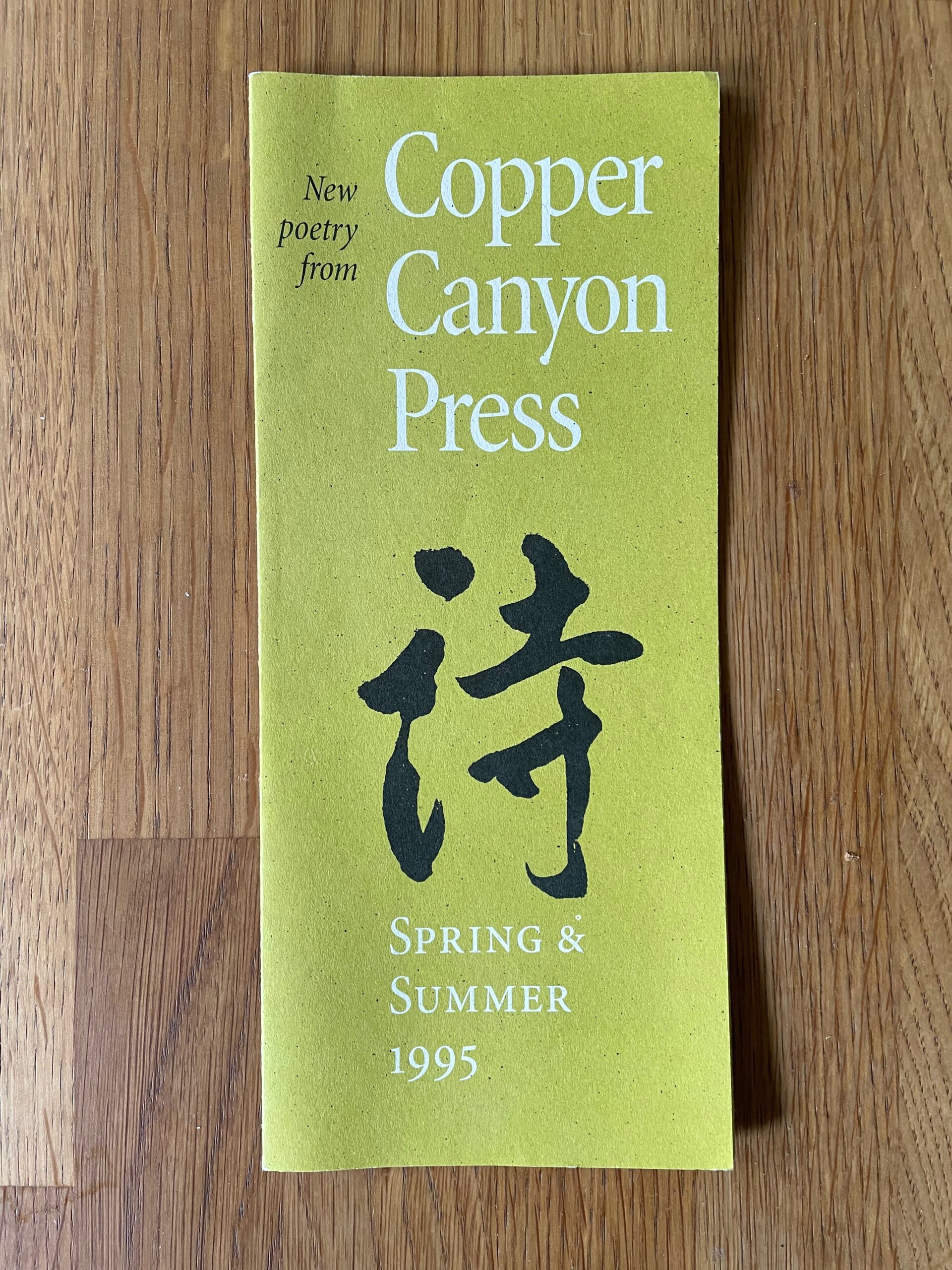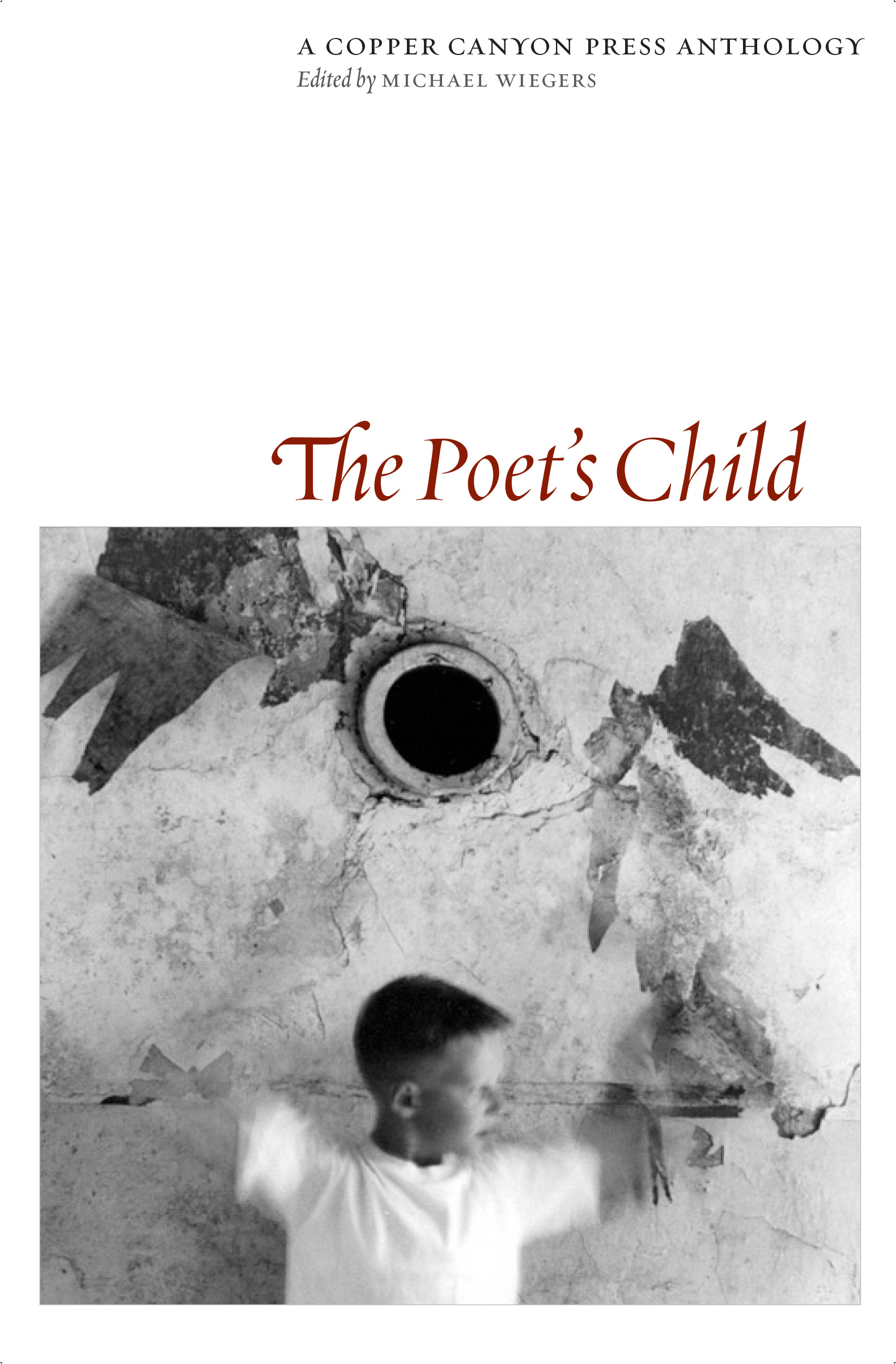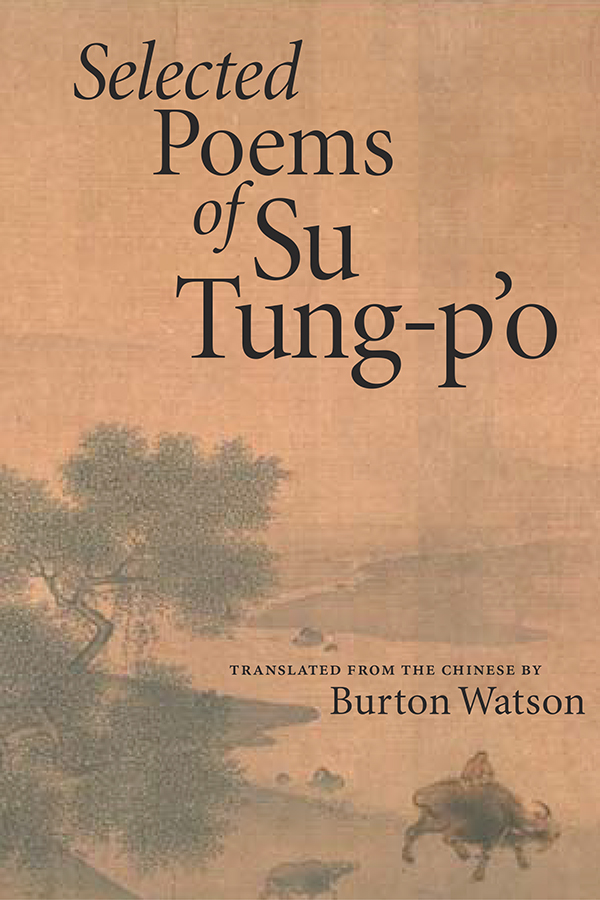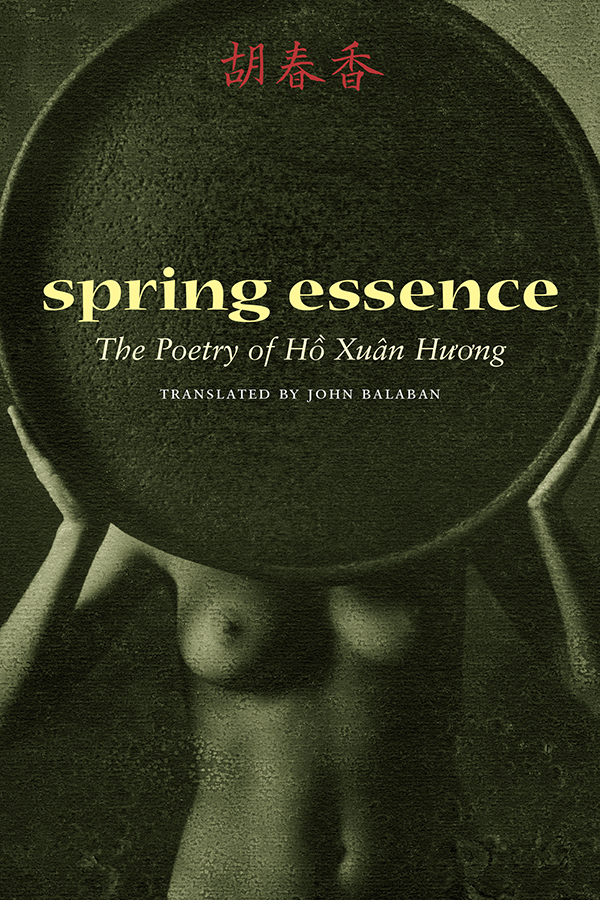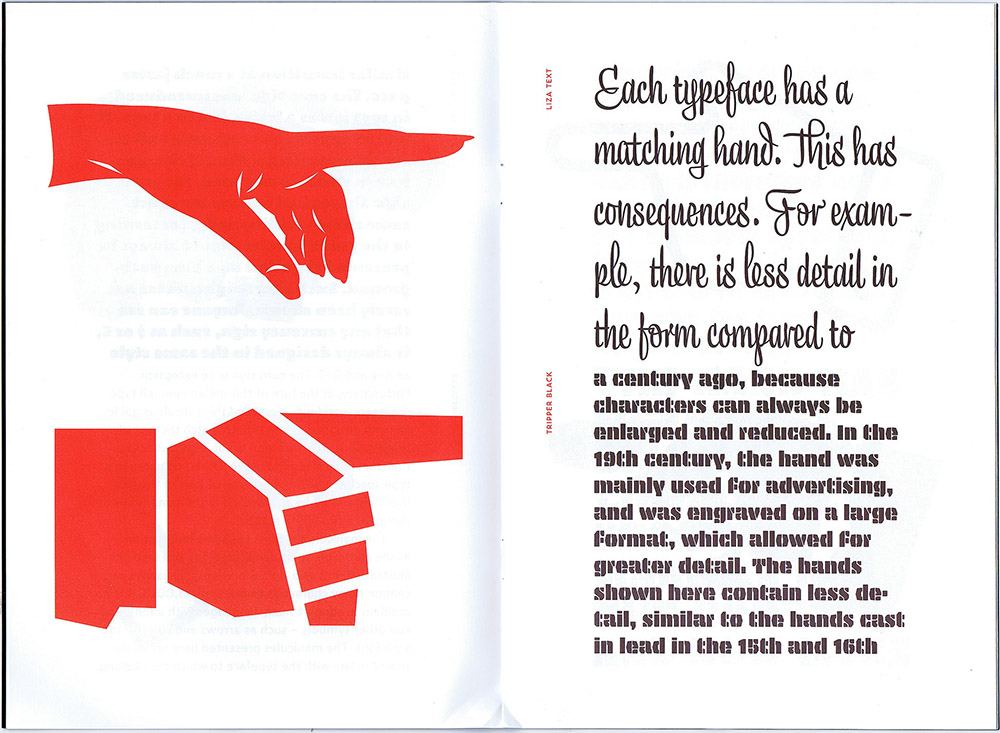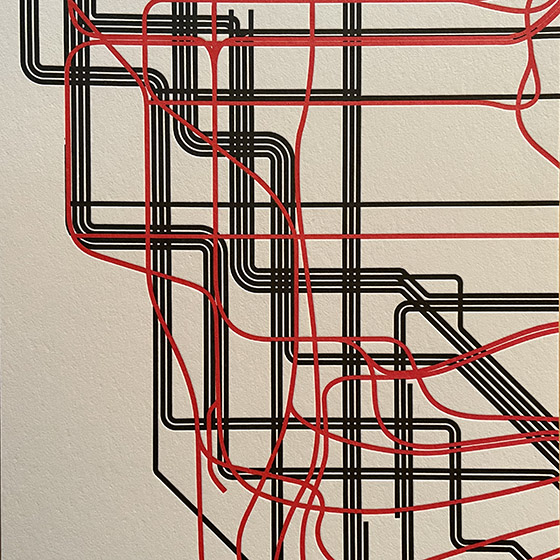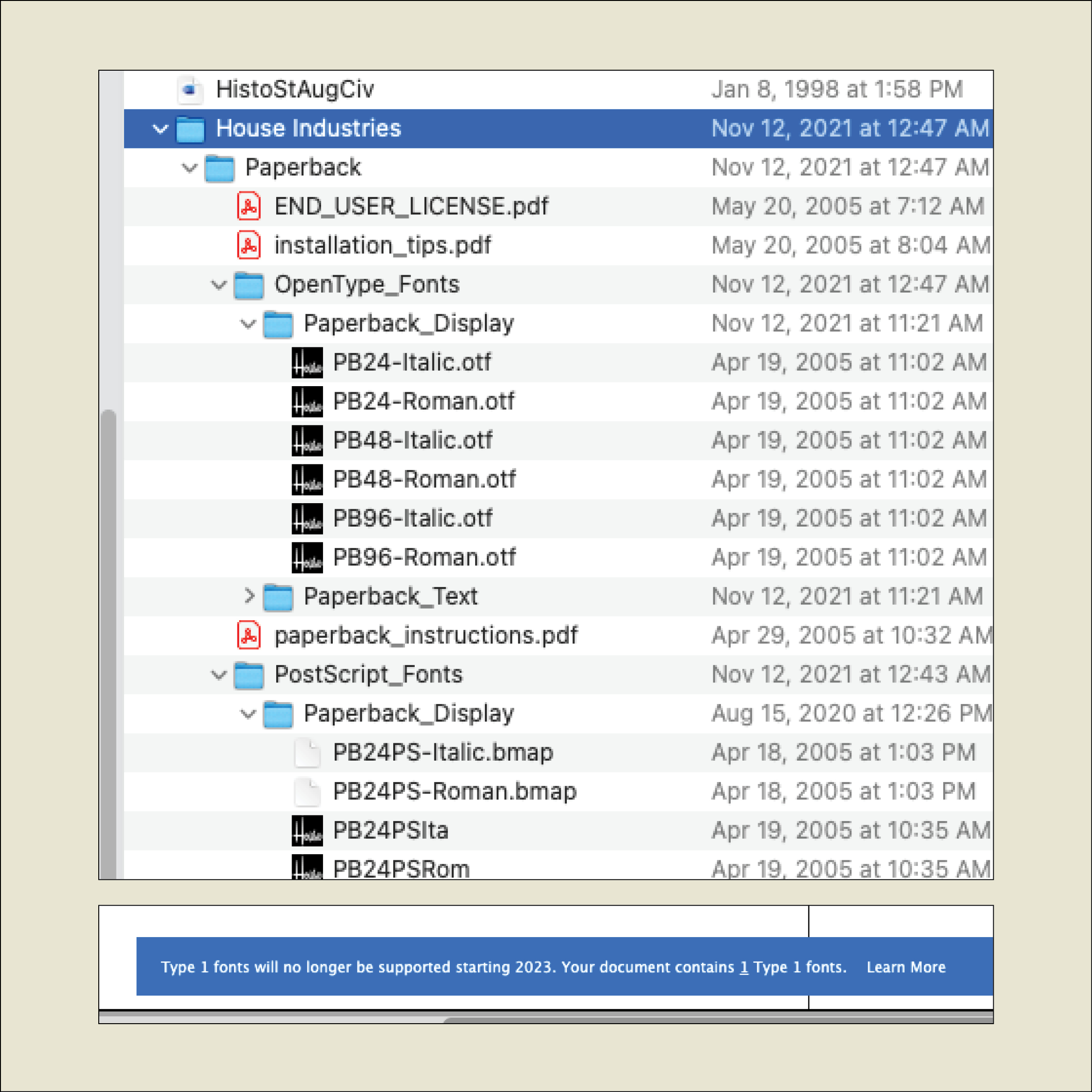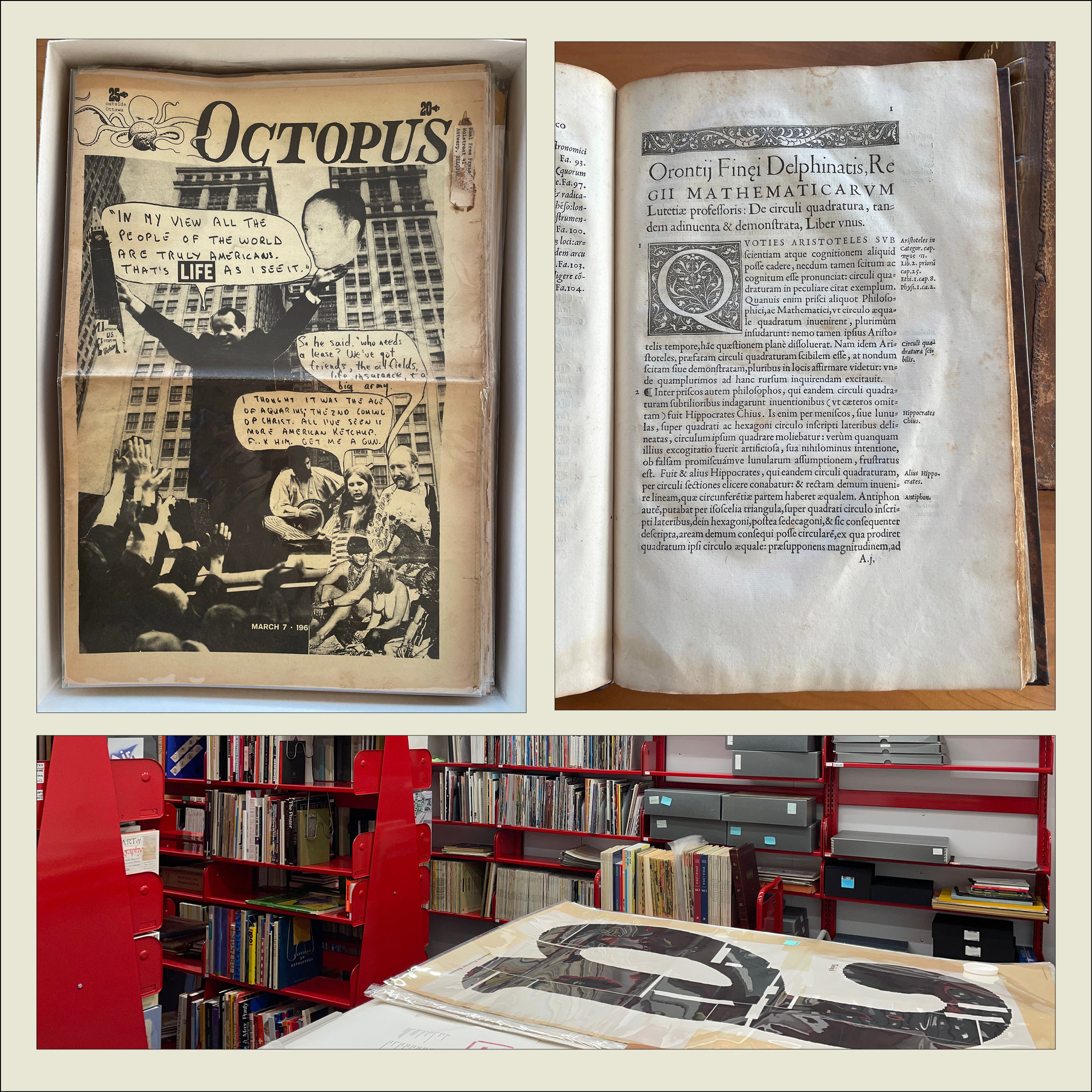I’ve been engaged in a wide variety of book projects in recent months. First, the limited editions of Little, Big (numbered, lettered) were finally released, after an extraordinarily long gestation. Then there was an even more limited edition (five copies, officially) of Cory Doctorow’s “Martin Hench” novels Red Team Blues and Bezzle, one tucked quite literally into the other, and hand-bound in purple leather by master bookbinder John DeMerritt.
At a completely different end of the production spectrum, I just finished designing and typesetting Sandra Bond’s novel Three Men in Orbit, the third of her books that I’ve designed for Canal Press, an independent imprint run by the redoubtable Michael Dobson. Michael uses Amazon’s publishing machine to actually produce the books; their production methods are so stripped down that they don’t even want crop marks on the cover file, and the placement of a bar code on the back cover is always a bit approximate. But they produce physically readable books; it’s my job to make sure that it’s optically and typographically readable. The official publication date of Three Men in Orbit is August 1, and copies will be for sale at the Glasgow worldcon.
A project that began either 20 years ago or a year ago, depending on how you look at it, just got published: The Sleep of Reason, Michael Swanwick’s collection of very short stories based on images from Goya’s Los Caprichos. The stories were originally published online on The Infinite Matrix, and are now in print via PS Publishing in the UK.
Meanwhile, I’m still in the midst of a collaboration with Arabic type designer Mamoun Sakkal on a bilingual book of commentary on the Quran – a fascinating project for someone who is neither Muslim nor a speaker or reader of Arabic. The publisher asked me if I offered any classes or workshops on book design…
Another long-running project has been the complete works of poet JT Stewart, Our Bones Sing of Salt. Since I had designed two of JT’s earlier chapbooks and quite a few broadsides and related ephemera, it made sense for me to not only edit the manuscript but put it into an appropriate design. We’re in search of the right publisher at this point (and I’m fully aware that a publisher may want their own design rather than mine), but we’ve produced a nice package for them to consider. I don’t want to publish it myself, but that’s always an option.
Then there’s the book of my own selected essays, tentatively titled Working with Words, which is currently at a publisher. Whether I’ll end up getting to design that one is an open question.
Oh, and I’ve put together a couple of speculative proposals for small, entertaining books that riff on typographic ideas. All very much in the realm of Maybe, at this point.
So I guess that with design, writing, editing, typesetting, production management, and marketing, I’m still very much involved in the creation of books. Appropriately enough, I’ve done threo talks in the past year about aspects of book design, and written an article on the subject for Jean François Porchez’s revived Typofonderie Gazette.

